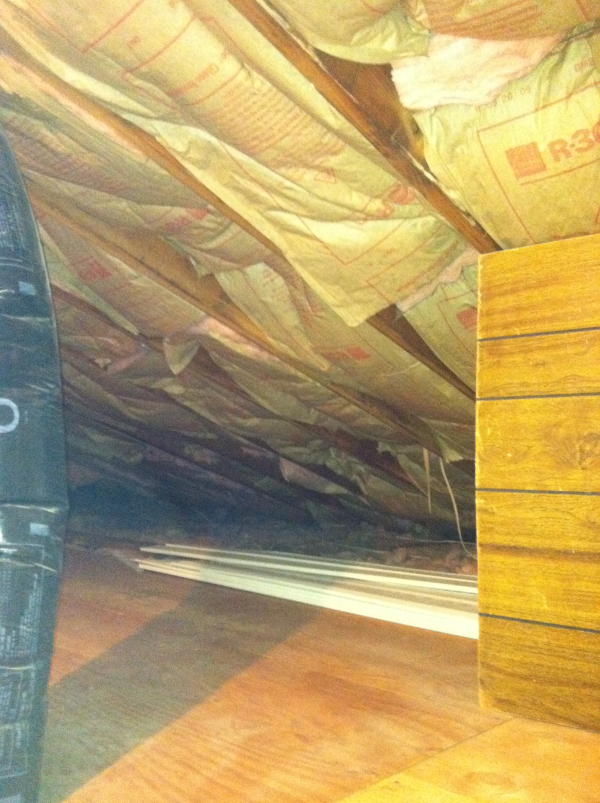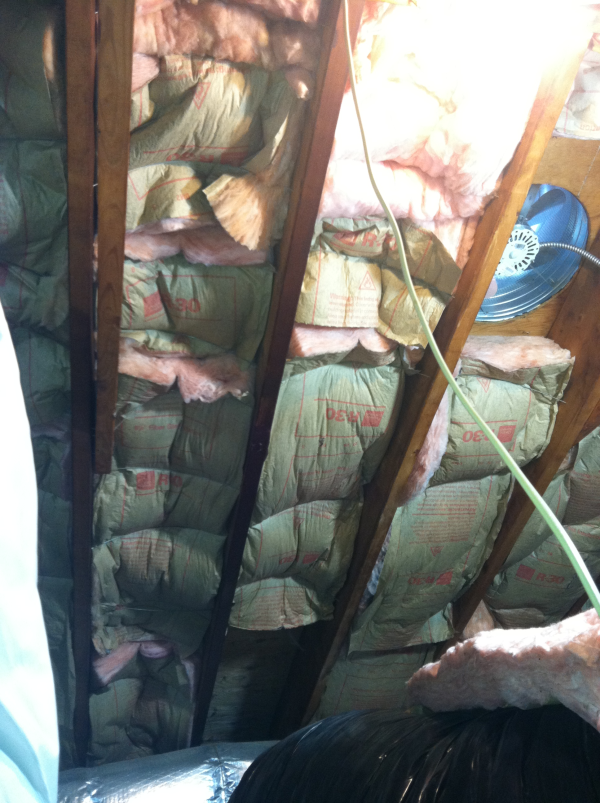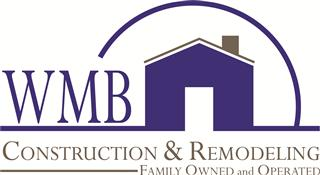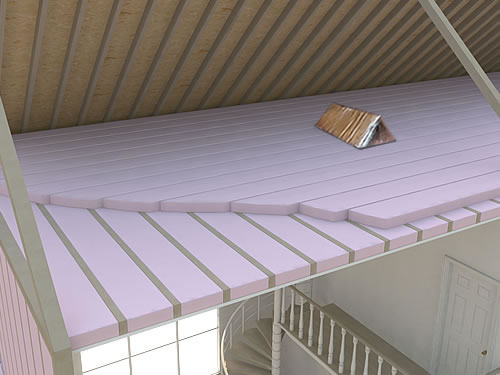Insulation plays a very important role in maintaining the efficiency of your home. Without it your home would be a very uncomfortable atomosphere. Basically every home has some form of insulation in the walls and ceiling but most homes don't have nearly enough. This is why many people add more insulation to what they have already. Increasing your R-value saves you thousands over years and creates a greener tomorrow with less energy and raw materials being used.
Can insulation be installed incorrectly?

Apparently it can! This is what I found in an attic where the customer paid to have insulation added to her attic. The contractor installed R-30 faced fiberglass insulation in between the rafter bays instead of over the ceiling joists. 
The contractor achieved nothing by installing insulation between the rafters and would have dry rotted the entire roof if left like that.
How we corrected the problem:
-
The original insulation installed when the house was built was unfaced so we removed it
-
We removed the R-30 insulation from in between the rafter and reused it in between the ceiling joists, vapor barrier facing down
-
We took the original unfaced insulation and layed it over the R-30 insulation
A simple mistake could have cost this customer thousands down the road. The proper way is always to add unfaced insulation on top of faced insulation. You never want two faced insulations together that create a double vapor barrier.
Benefits of adding insulation:
-
Keeps your home warm in the winter and cool in the summer
-
Lowers heating and cooling bills
-
Added vapor barrier
-
Helps prevent ice damming
-
Sound barrier
Over insulating is not recommended either. Insulation must remain fluffy to maintain its R-value. Too much insulation creates dry rot especially in between roof rafters where the summers sun cooks roofs. The only time insulation is installed in between roof rafters is with cathedral ceiling and then baffles should be installed.




